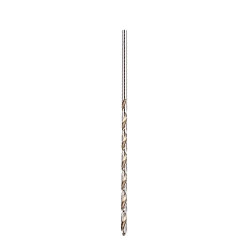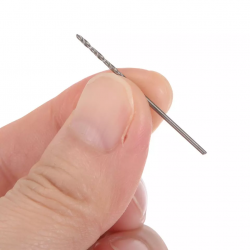-1140x400.png)
Let’s be honest-if you like tinkering with gadgets, a 12V DC Gear Motor Kit is one of those things that suddenly makes life a lot easier. Frankly, it’s tiny but super useful. By the way, installing it isn’t as scary as it looks. In fact, once you try it, you’ll wonder why you ever hesitated.
Let's take it step by step and find out how to easily make your 12V DC Gear Motor Kit work.
How to Install a 12V DC Gear Motor Kit
Step 1: Gather Your Stuff
Prior to working with any parts, prepare everything. This will save you time and bring about fewer problems.
12V DC Gear Motor Kit
Screwdrivers (small and medium)
Screws, nuts, and washers (should be in the kit)
Wires
12V battery or power supply
Soldering iron (optional, only if you want permanent connections)
By the way, keeping all parts on your table neatly is a lifesaver.
Step 2: Know Your Kit
Frankly, take a few minutes to see what’s in your box. It really helps.
A typical 12V DC Gear Motor Kit has:
Motor
Mounting brackets
Shaft couplers
Screws and washers
In fact, playing with the pieces a little gives you a sense of how they fit together.
Step 3: Mount the Motor
Let’s attach the motor to its bracket.
Use screws to fix it in place.
Don’t over-tighten. Stripped screws are annoying.
Make sure the shaft rotates freely.
Let’s be honest, a loose motor now = frustration later.
Step 4: Fit the Wires
This is where the motor receives its first power.
Locate terminals for positive and negative.
Connect wires-tighten screws or solder if you like.
Double-check connections before powering up.
By the way, a short circuit is a nightmare. Check now, save later.
Step 5: Place Motor in Your Project
Whether it’s a small robot, conveyor, or gadget:
Put the motor where it should go.
If necessary, secure by screwing or with stronger brackets.
Ensure the shaft aligns with what it’s supposed to move.
In fact, misalignment is the top reason motors fail. Take your time.
Step 6: Test the Motor
Before full assembly:
Connect to 12V power supply.
Switch it on and see the shaft rotate.
Make sure it moves smoothly and quietly.
Frankly, spotting problems early is way easier than later.
Step 7: Adjusting the Gear Ratio
Many kits allow gear changes.
Open the gearbox carefully.
Swap gears if needed for torque or speed.
Close securely.
By the way, gears are delicate. Apply gentle pressure to them.
Step 8: Final Assembly
Motor is operational now:
Mount the wheels, pulleys, or any other parts.
Be sure that all the motions are smooth.
Screws and brackets should be secured.
Let’s not kid ourselves, having a neat arrangement is a big plus.
Step 9: Safety Check
Before allowing continuous running of the motor:
Inspect the wiring for any loose ends.
Verify the power supply to be 12V.
Keep hair, fingers, and clothes away from moving parts.
In fact, skipping safety is the fastest way to minor burns or broken motors.
Step 10: Enjoy and Experiment
Finally, power up your 12V DC Gear Motor Kit.
Move your robot, conveyor, or gadget.
Adjust speed or load if needed.
Celebrate-you just made something move!
By the way, once you’re comfortable, try multiple motors or more complex projects. Frankly, it’s addictive.
Final Thoughts
Let’s be honest-a 12V DC Gear Motor Kit is tiny but opens up huge DIY possibilities. In fact, it makes creating and experimenting fun and hands-on. Frankly, the more you play with it, the better you get. Start simple, follow these steps, and enjoy watching your gadgets come to life. By the way, once you’re confident, adding more motors and tweaking gear ratios is where the real fun begins. Buy now!
FAQs About 12V DC Gear Motor Kit
1. Can beginners use it?
Totally! It’s perfect for small DIY projects.
2. Do I need soldering?
Optional. Some kits use screws.
3. Can I use a battery?
Yes, 12V works perfectly.
4. What if it spins slowly?
Check voltage and gears. Adjust if needed.
5. Can it carry heavy loads?
Depends on motor torque. Pick one suitable for your project.
6. Safe to run continuously?
Yes, but don’t overheat. Let it rest if hot.
7. Multiple motors together?
Sure, just check your power supply capacity.
8. Extra brackets needed?
Usually not, but extra support is fine.
9. Maintenance tips?
Keep it clean, dust-free, and tighten screws occasionally.
10. Can I use it with Arduino?
Definitely, great for constructing robots and control systems.

























Leave a Comment